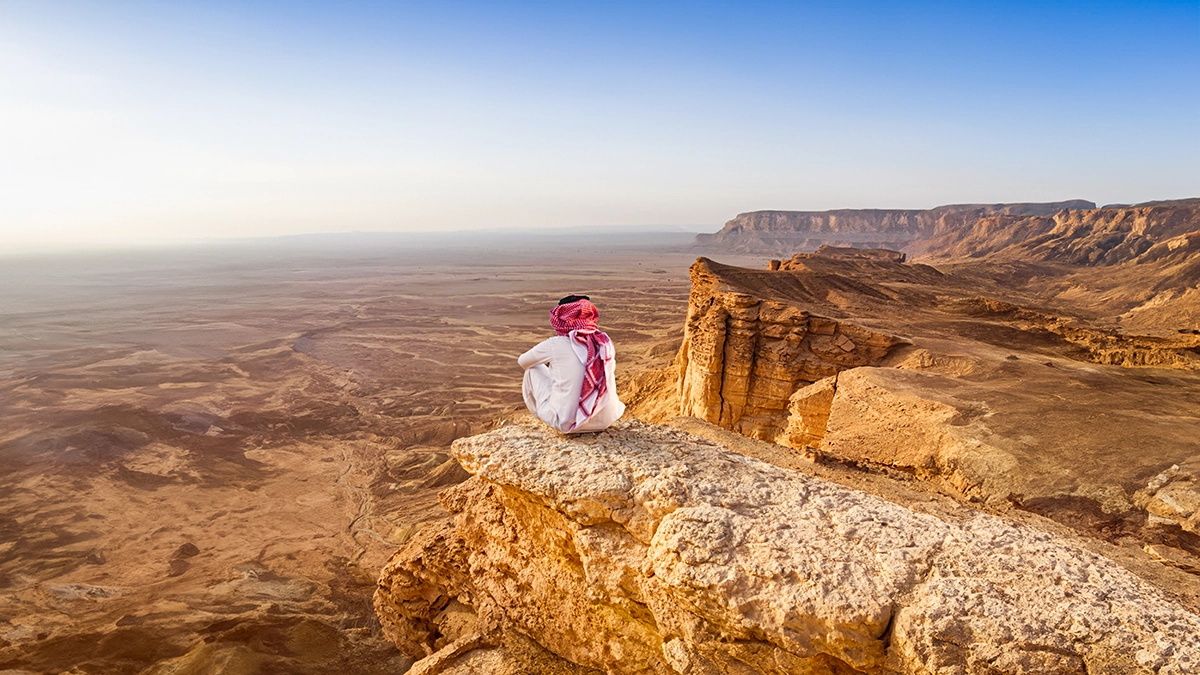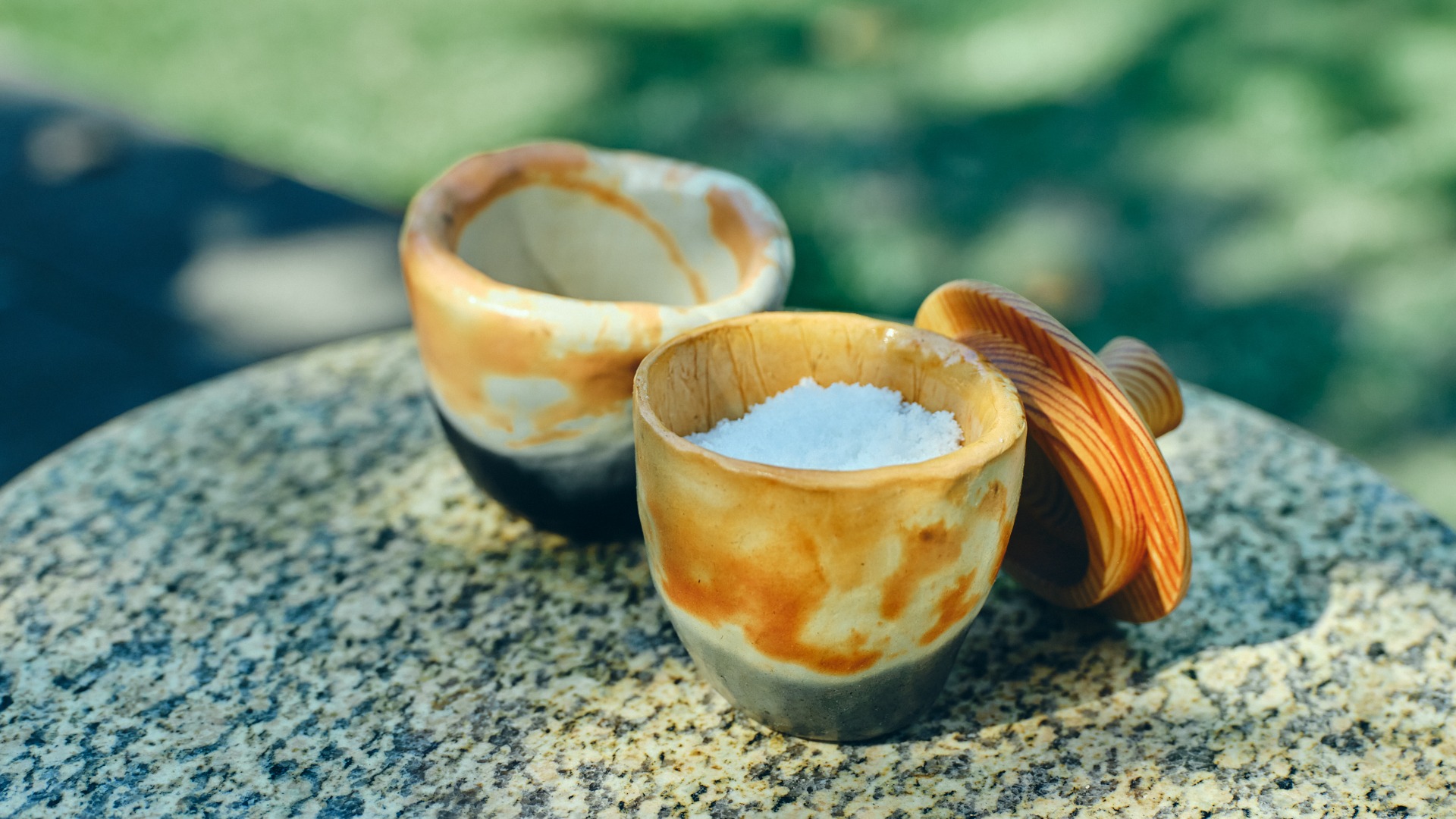Discover the Rich Tapestry of Hmong Culture in Chiang Mai
Nestled in the lush mountains of northern Thailand, the Hmong villages of Chiang Mai offer a captivating glimpse into an ancient culture that remains vibrant and alive today. The Hmong people, known for their colorful traditional attire and intricate handicrafts, have a rich history intertwined with the land they inhabit. Visiting a Hmong village in Chiang Mai is not just a trip; it’s an invitation to experience a lifestyle steeped in tradition, community, and resilience.
As you wander through the picturesque villages, you’ll find yourself surrounded by the sounds of traditional Hmong music and the sights of artisans at work, creating stunning textiles and crafts that tell stories of their heritage. The warmth of the Hmong community is palpable, with friendly faces eager to share their customs and traditions. Whether you’re interested in learning about their unique agricultural practices or trying your hand at traditional crafts, every moment spent in a Hmong village is an opportunity for cultural immersion and unforgettable experiences.
Discovering Hmong Village: A Cultural Mosaic
Life in a Hmong village in Chiang Mai is a beautiful blend of simplicity and rich cultural heritage. The villages are often perched high in the mountains, surrounded by breathtaking views and lush greenery. Here, daily life revolves around farming, crafting, and community gatherings. The Hmong people are known for their strong sense of community, which is reflected in their collaborative farming practices and communal celebrations.
Visitors to Hmong villages often find themselves enchanted by the vibrant traditions that fill the air with life. From intricate embroidery to the rhythmic beats of traditional Hmong music during festivals, each element of their culture is a thread in the rich tapestry of their identity. One traveler recounted their experience of participating in a traditional Hmong New Year celebration, where they learned the significance of the various dances and songs that honor their ancestors. “It was like stepping into a living museum,” they shared, “where every performance had a story to tell.”
Another visitor shared their delightful experience in a Hmong village, where they were invited to join a family for dinner. “The food was incredible, but the warmth of the family was even more memorable. They welcomed me as one of their own, and I learned so much about their traditions over a shared meal,” they reflected. This is the essence of the Hmong village experience—authentic, heartfelt, and deeply enriching.
A Day in the Life: Itinerary for Your Hmong Village Experience
Ready to immerse yourself in the Hmong way of life? Here’s a suggested itinerary for a full day in a Hmong village that promises to be both engaging and educational:
Morning: Arrival and Exploration
Start your day early with a scenic drive to a Hmong village, such as Doi Pui. Aim to arrive by 9 AM to make the most of your visit. Once you arrive, take a leisurely stroll through the village, absorbing the sights and sounds around you. Look out for local artisans showcasing their crafts, and don’t hesitate to ask about their techniques!
Midday: Traditional Cooking Class
By noon, it’s time to get hands-on! Join a local family for a traditional cooking class. Learn to prepare classic Hmong dishes such as Hmong sausage and sticky rice. This interactive experience not only fills your belly but also gives you a deeper appreciation for Hmong culinary traditions.
Afternoon: Cultural Activities
After lunch, engage in some cultural activities. Participate in a workshop where you can try your hand at traditional Hmong embroidery or weaving. Alternatively, consider joining a local guide for a hike through the surrounding hills, where you can learn about the medicinal plants and herbs used in Hmong traditional medicine.
Evening: Community Gathering
As the sun begins to set, gather with the villagers for an evening of storytelling and traditional music. This is a wonderful opportunity to connect with the community and learn about their folklore and history. Don’t forget your camera—capture the magic of the moment as you witness the beauty of Hmong culture come alive.
With this itinerary, you’ll not only visit a Hmong village in Chiang Mai but truly experience the heartbeat of Hmong culture. If you’re keen on making this cultural journey a reality, check out our suggested Doi Suthep, Hmong Village, Wat Umong, and Cafe tour for a fantastic guided experience!
Hmong Village Activities: Engaging with Local Culture
Visiting a Hmong village in Chiang Mai is like stepping into a lively cultural festival that never truly ends. The activities available are as diverse as the vibrant textiles that adorn the villagers. From crafting to cooking, there’s something for everyone eager to get involved!
Crafting Traditions
One of the most cherished activities in Hmong villages is traditional crafting. Here, you can learn the art of Hmong embroidery, a skill passed down through generations. Join a workshop where local artisans will guide you through the intricate patterns and techniques. Not only will you get to create your own piece of art, but you’ll also gain insight into the stories behind each design. Imagine walking away with a handmade souvenir that carries the essence of Hmong culture!
Culinary Experiences
Food lovers will find themselves in paradise! Participate in a cooking class where you can whip up traditional dishes like Hmong sausage and herb-infused salads. The locals take pride in their culinary heritage, and they’ll be thrilled to share their secrets with you. After cooking, share a meal with your hosts, savoring the flavors of the dishes you’ve prepared. It’s a delightful way to bond over food and learn about the significance of each ingredient!
Cultural Performances
Evenings in Hmong villages come alive with traditional music and dance. Experience the joy of traditional Hmong music performances, where you can enjoy songs that tell stories of love, nature, and history. Sometimes, you might even be invited to join in the dancing! This is more than just entertainment; it’s a chance to connect with the community and appreciate their rich cultural expressions.
Language and Connection
Want to impress your Hmong hosts? Why not learn a few basic phrases in their language? Many villagers will appreciate your effort, and it can lead to delightful conversations. Simple greetings or expressions of gratitude can go a long way in building connections and showing respect for their culture.
Culinary Delights: Exploring Hmong Food in Chiang Mai
Prepare your taste buds for an adventure! The food in Hmong villages is not just a meal; it’s a celebration of flavors and traditions. Hmong cuisine is characterized by its fresh ingredients, aromatic herbs, and unique cooking methods.
Must-Try Dishes
When in a Hmong village in Chiang Mai, don’t miss out on trying sticky rice, a staple in Hmong meals. It’s often served alongside grilled meats and spicy dipping sauces. Hmong sausage is another highlight—seasoned with herbs and spices, it’s a dish you’ll be craving long after your visit.
Markets and Local Flavors
For a true local experience, visit a Hmong market in Chiang Mai. Here, you can find everything from fresh produce to handmade snacks. Engage with vendors, sample local delicacies, and maybe even pick up some ingredients to try cooking at home! The atmosphere is lively, and the flavors are unforgettable.
Festivals and Celebrations: Experiencing Hmong Traditions
Hmong festivals are a vibrant expression of their culture, and timing your visit to coincide with these celebrations is a fantastic idea. The Hmong New Year, typically held in November or December, is a highlight. This festival is filled with traditional music, dance, and various competitions, showcasing the community’s spirit and unity.
Participate and Celebrate
During the Hmong New Year, visitors are often welcomed to join in the festivities. From traditional games to cultural performances, you’ll find yourself immersed in the joyous atmosphere. It’s a perfect opportunity to witness the colorful attire of the Hmong people and learn about their customs firsthand.
Other Festivals
Other local celebrations, such as the Hmong Flower Festival and various harvest celebrations, also provide a glimpse into their rich traditions. Each festival has its unique customs, and participating will leave you with cherished memories.
Scenic Views and Photography Spots in Hmong Villages
For those who love photography, Hmong villages offer some of the most stunning backdrops. The picturesque landscapes, vibrant village life, and breathtaking mountain views create an incredible canvas for your camera.
Best Photography Locations
Don’t miss the chance to capture the sunrise or sunset over the mountains. The golden hour transforms the landscape, providing perfect lighting for your photos. Spend time wandering through the village, snapping candid shots of artisans at work or families enjoying their daily routines. The authenticity of these moments will shine through in your photographs.
Photography Tips
When taking photos, always ask for permission, especially when photographing people. The Hmong are generally friendly, and many will appreciate your interest. Carry a small notebook to jot down the stories behind the images you capture; it will enhance your experience and understanding of their culture.
Practical Travel Tips: Making the Most of Your Hmong Village Visit
Planning a visit to a Hmong village in Chiang Mai can be exciting, but having a few practical tips can make your experience even better!
Getting There
Transportation options to Hmong villages vary, but many travelers opt for guided tours that include transportation. If you prefer to explore on your own, renting a scooter or hiring a local taxi can be great ways to navigate the winding roads leading to the villages.
Best Times to Visit
The best time to visit is during the cooler months, from November to February, when the weather is pleasant for outdoor activities. Avoid the rainy season, as some roads may become difficult to navigate.
Accommodations
Consider staying at a local homestay or lodge to immerse yourself fully in Hmong culture. Options like the Hmong Hilltribe Lodge provide unique experiences that allow you to connect with the community.
Embracing Sustainability: Responsible Travel in Hmong Villages
As you enjoy your time in Hmong villages, it’s important to think about sustainability. Responsible travel helps preserve the culture and environment for future generations.
Supporting Local Initiatives
Choose to participate in activities that benefit the community, such as workshops led by local artisans or cooking classes with village families. This not only enriches your experience but also supports their livelihoods.
Respecting the Environment
Be mindful of your environmental impact. Stick to marked paths when hiking, and avoid littering to keep the natural beauty of the area intact. Your respect for the land will be appreciated by the Hmong community.
Shopping for Hmong Handicrafts: A Unique Souvenir Experience
Looking for the perfect souvenir? Hmong villages are renowned for their beautiful handicrafts! From intricate textiles to handmade jewelry, you’ll find plenty of unique items to take home.
Where to Shop
Visit local markets and artisan workshops to purchase authentic Hmong handicrafts. Look for items like embroidered bags, traditional clothing, and decorative pieces that reflect the rich culture of the Hmong people. Supporting local artisans is a wonderful way to contribute to the community while taking home a piece of their heritage.
Negotiating and Respect
When shopping, remember that bargaining is often part of the experience. Approach it with a friendly attitude, and don’t forget to compliment the craftsmanship. It’s a great way to connect with the artisans while finding a fair price.
Outdoor Adventures: Exploring Nature Around Hmong Villages
For the adventure seekers, the areas surrounding Hmong villages offer a playground of outdoor activities. From trekking to nature tours, you’ll find plenty of ways to explore the breathtaking landscapes.
Trekking and Hiking
Join guided treks that lead you through stunning mountain trails, where you can witness the beauty of nature and the unique flora and fauna of the region. Some trails also provide insights into Hmong agricultural practices, allowing you to appreciate their connection to the land.
Nearby Attractions
Don’t miss visiting nearby natural attractions, such as waterfalls and scenic viewpoints. These spots are perfect for relaxing and soaking in the beauty of northern Thailand. Pack a picnic and enjoy a meal surrounded by nature!
Health and Safety Guidelines for Travelers
Staying safe while visiting Hmong villages is essential for an enjoyable experience. Here are some health and safety tips to keep in mind:
Health Precautions
Ensure you have necessary vaccinations before traveling. Carry a basic first-aid kit and any personal medications you may need. Staying hydrated is crucial, especially during outdoor activities.
Emergency Contacts
Familiarize yourself with local emergency contacts and the nearest health facilities. It’s always good to have a plan, just in case!
Frequently Asked Questions: Your Hmong Village Queries Answered
Curious about visiting Hmong villages? Here are some common questions travelers often ask:
What is the best time to visit Hmong villages?
The cooler months from November to February are ideal for visiting, as the weather is pleasant for outdoor activities and cultural experiences.
Are Hmong villages safe for tourists?
Yes, Hmong villages are generally safe for tourists. However, it’s important to be respectful of local customs and practices.
Can I take photos in Hmong villages?
Yes, but always ask for permission before photographing people. The Hmong are friendly and often appreciate your interest!
Fun Facts About the Hmong People and Their Culture
Here are some intriguing facts that highlight the uniqueness of Hmong culture:
- The Hmong people have their own distinct language, which is part of the Hmong-Mien language family.
- Traditionally, Hmong women wear beautifully embroidered clothing, often representing their family’s history and status.
- Hmong New Year celebrations include a variety of games, such as ball tossing and traditional dances, which are a significant part of their culture.
These fun facts not only enrich your understanding but also enhance your appreciation for the Hmong people and their vibrant lifestyle.





















